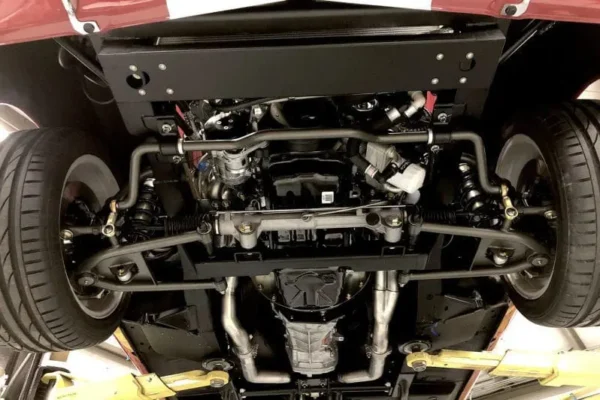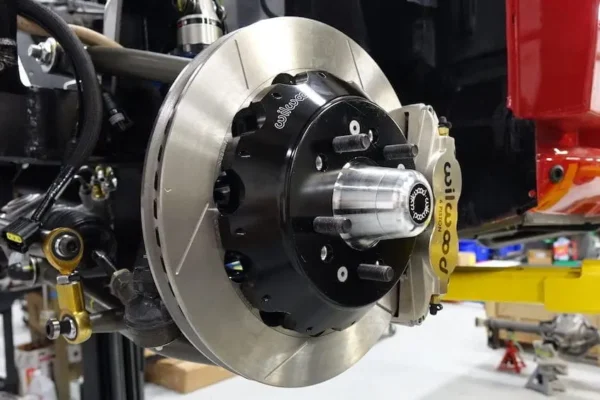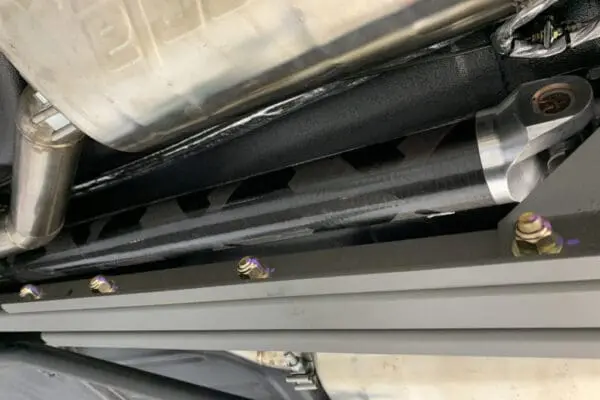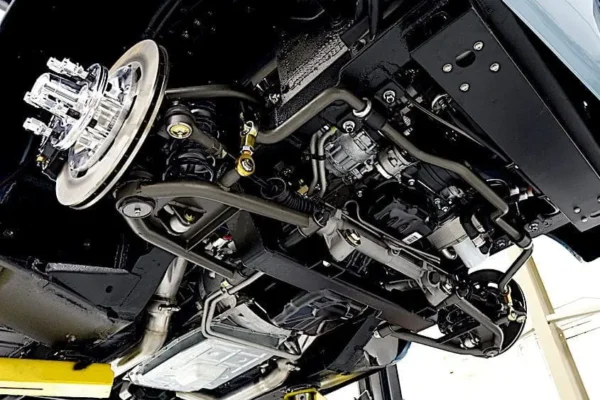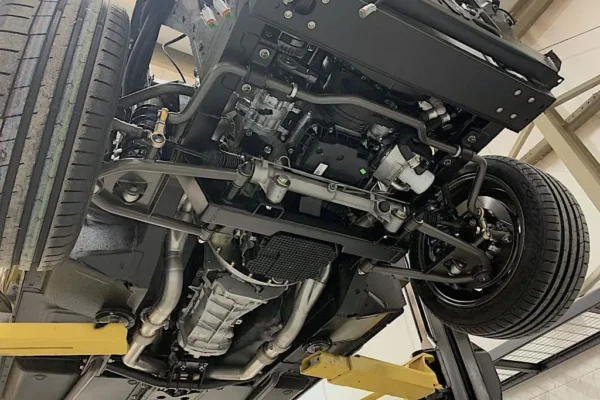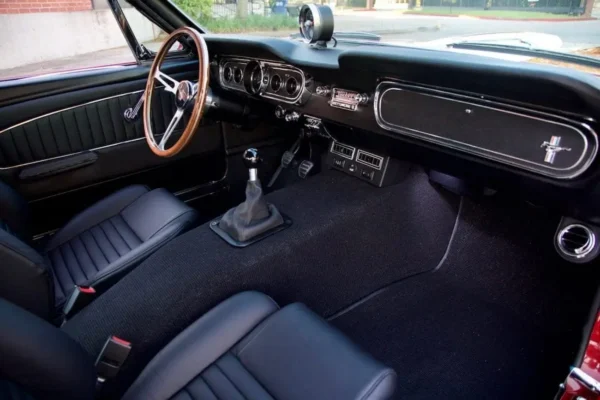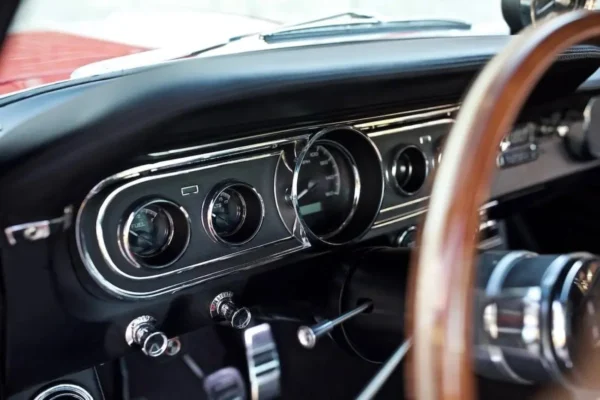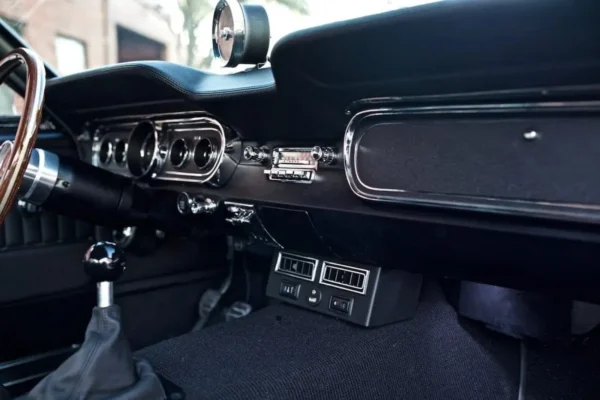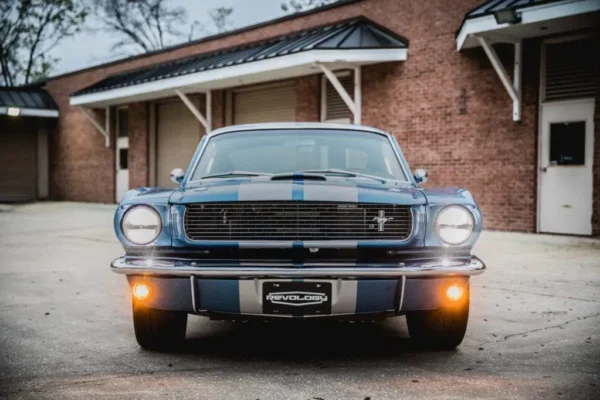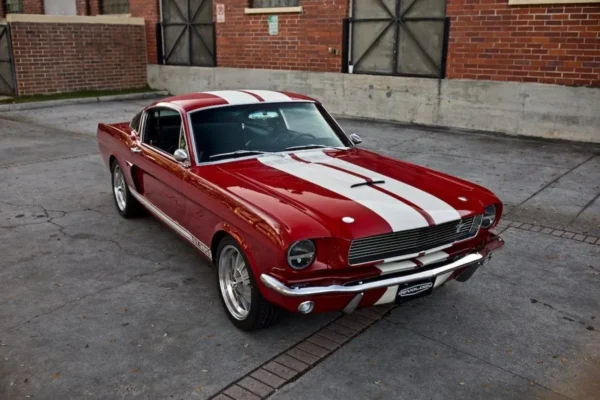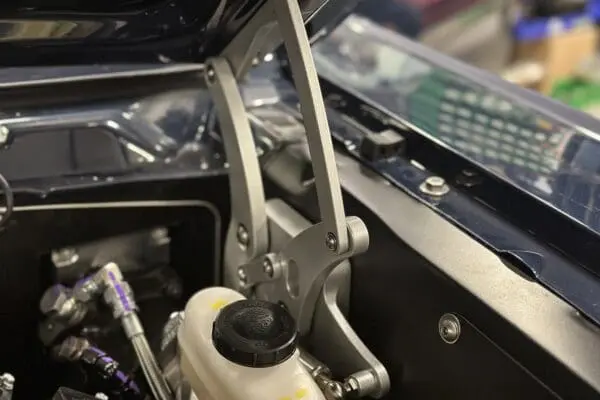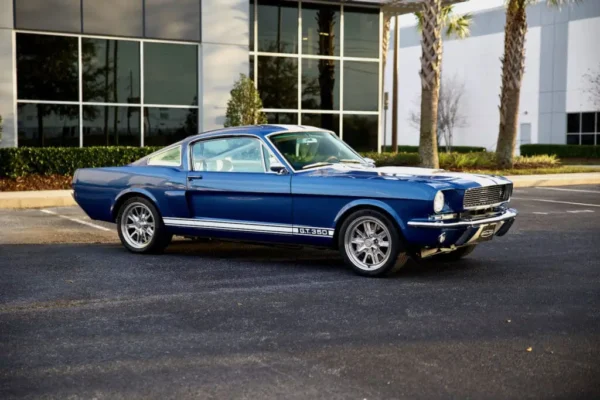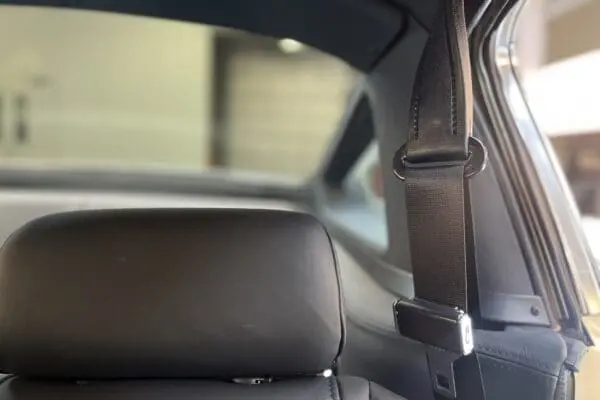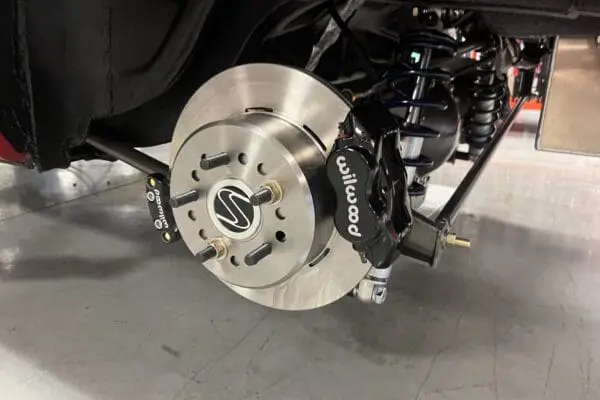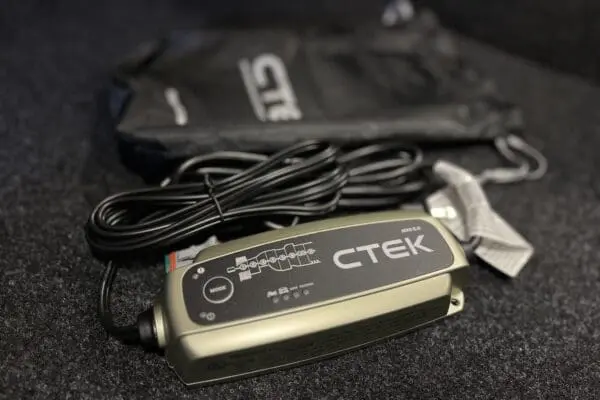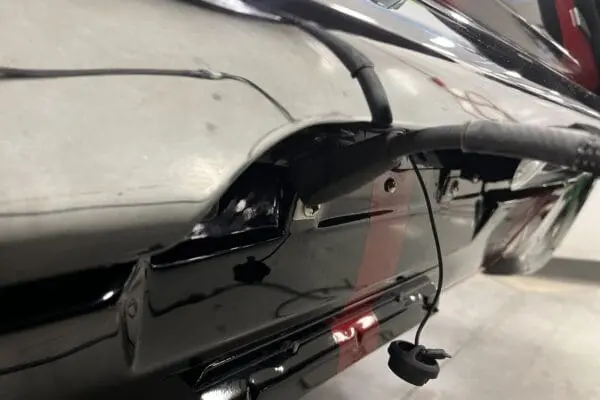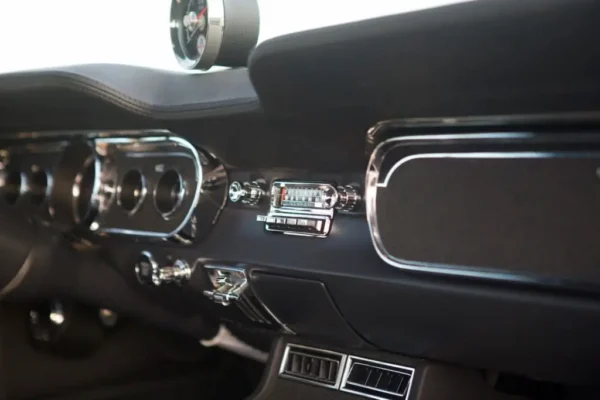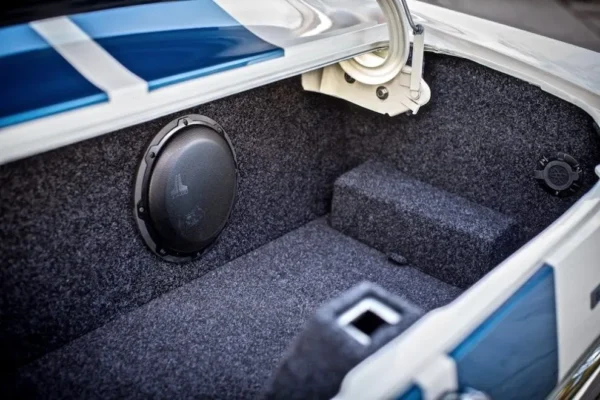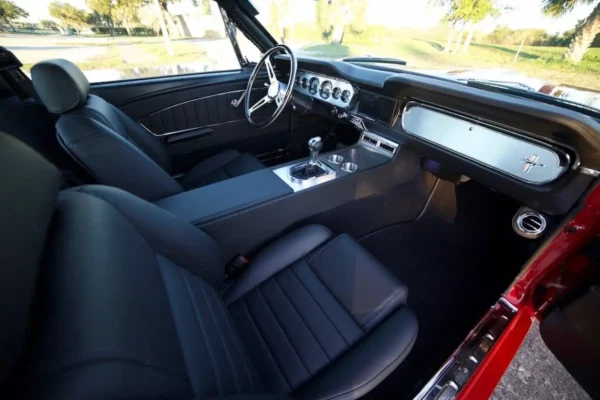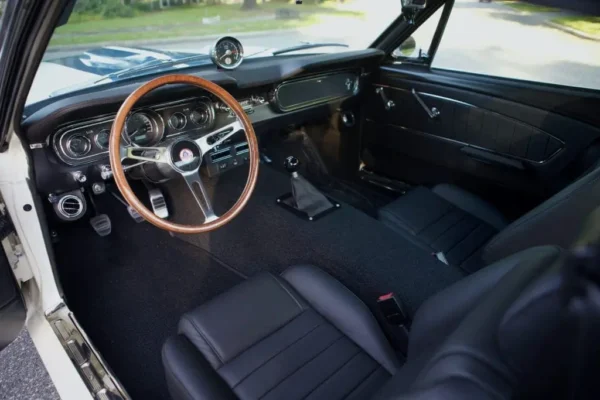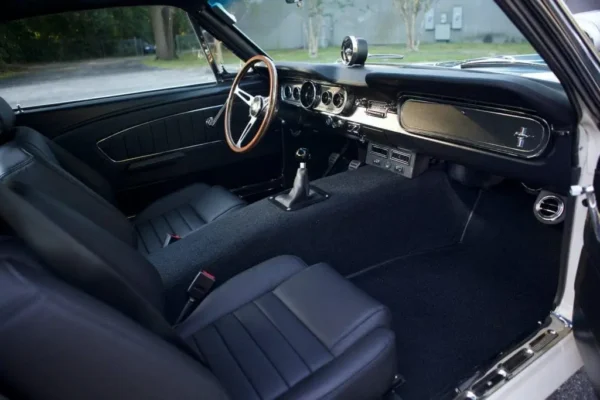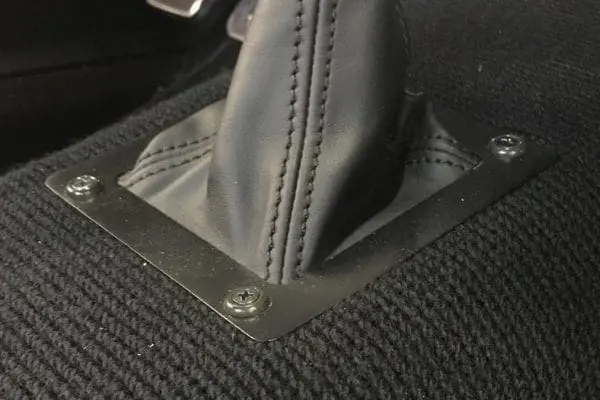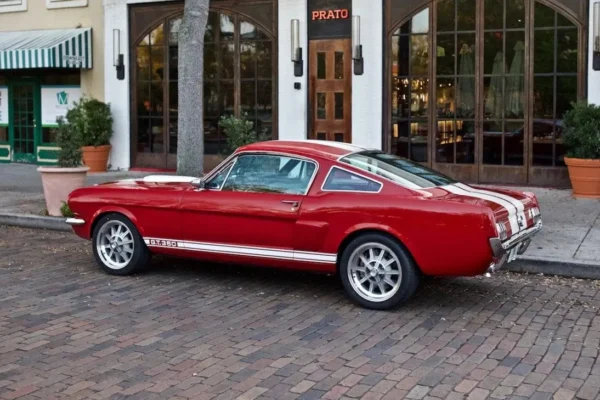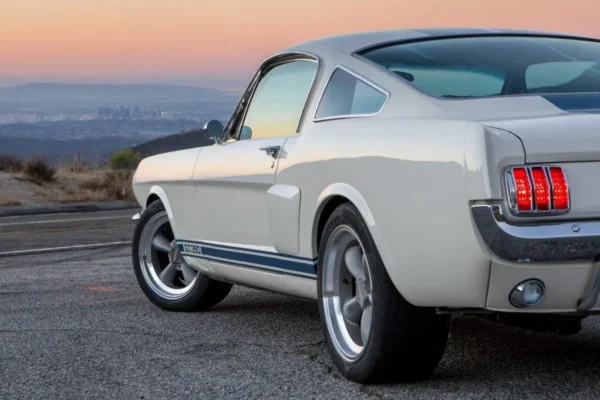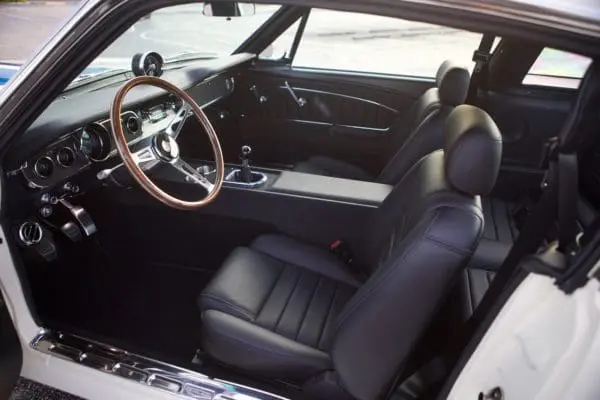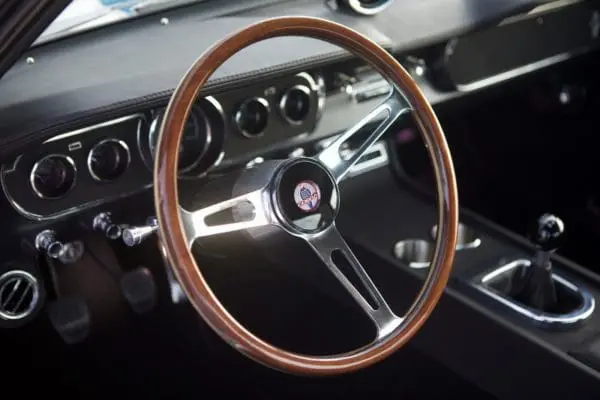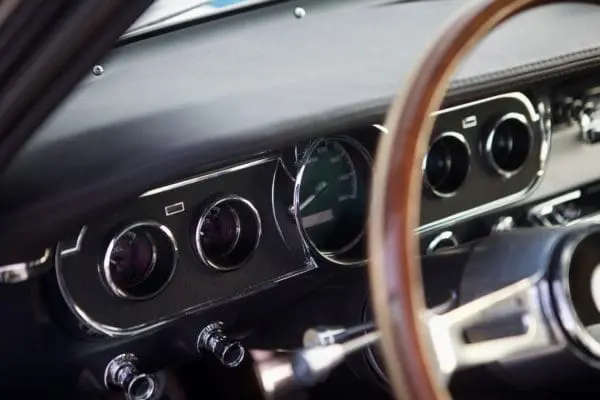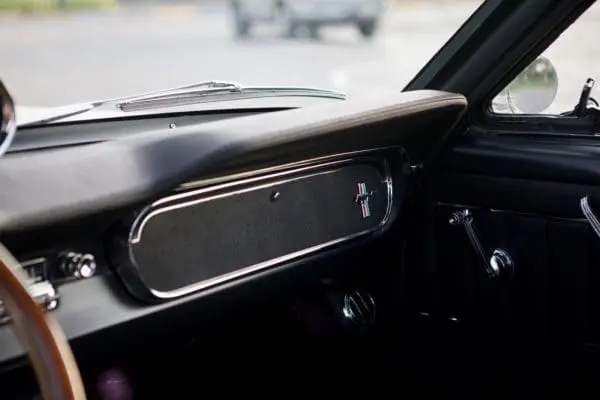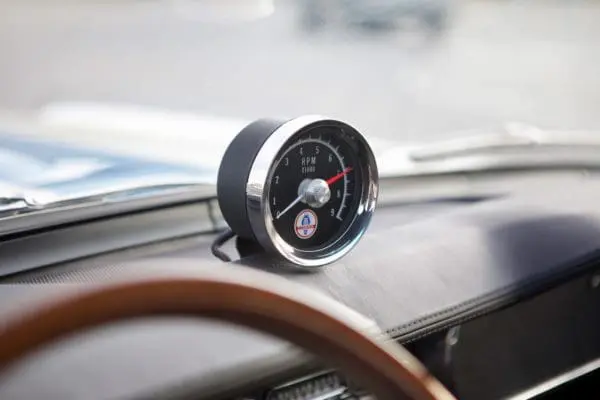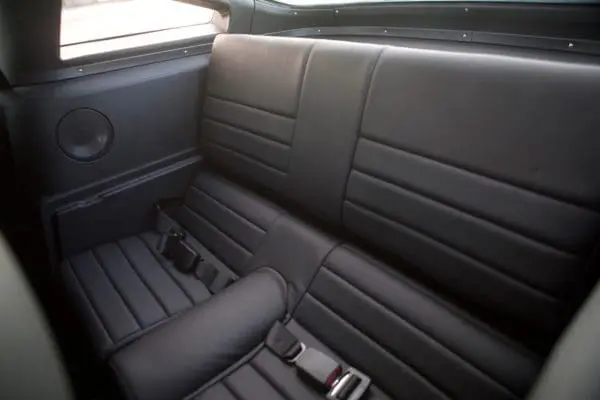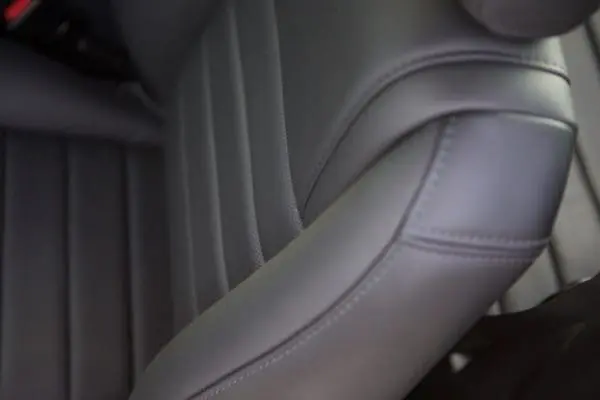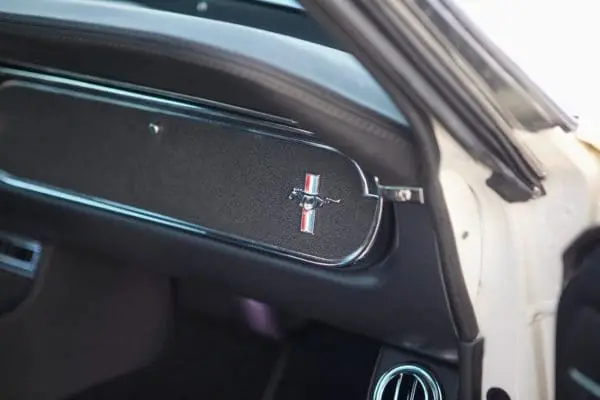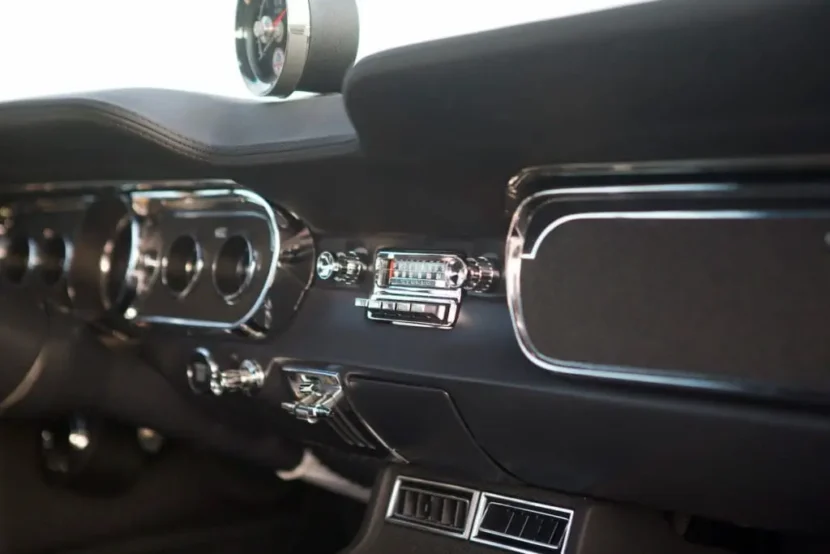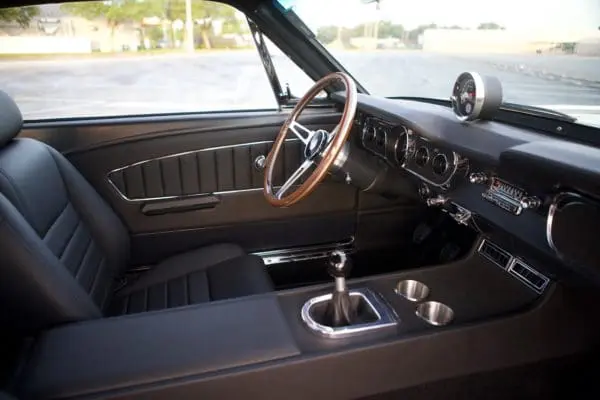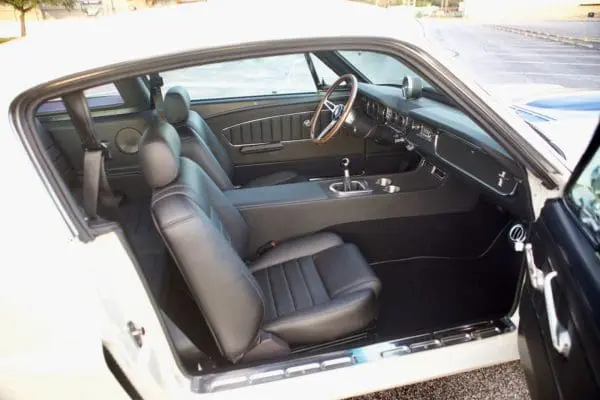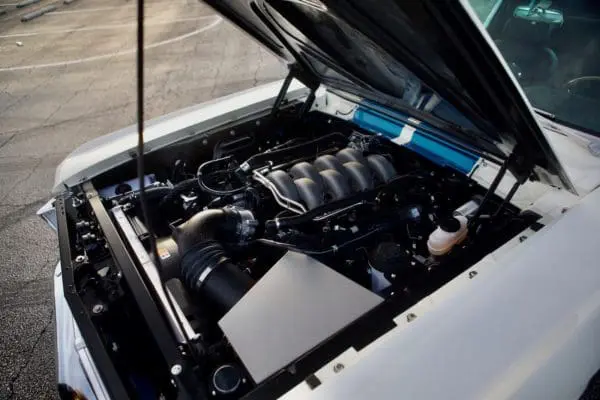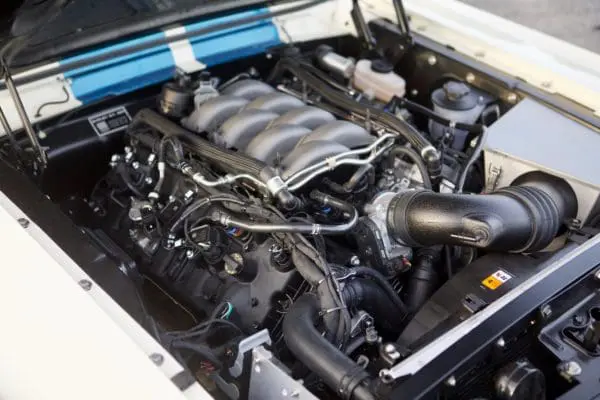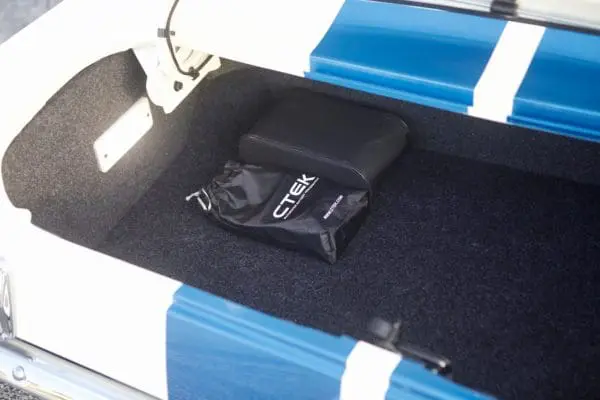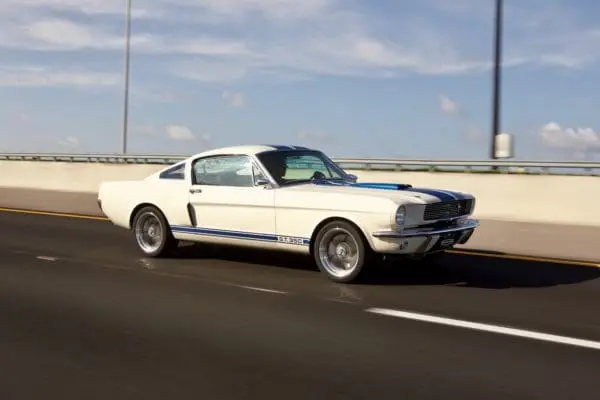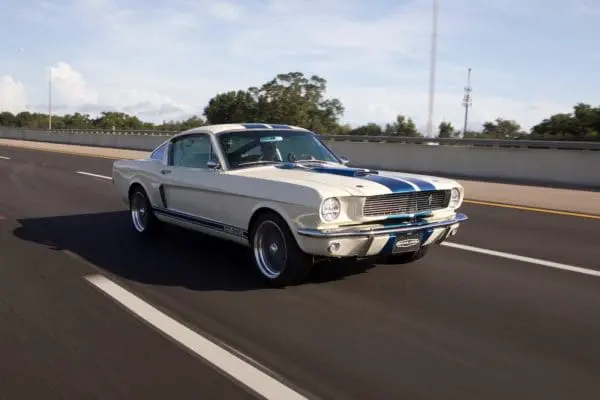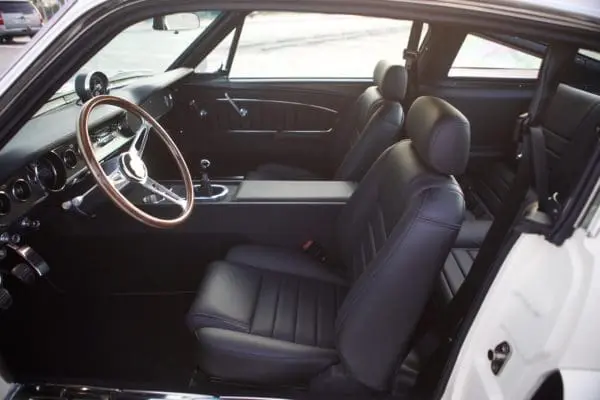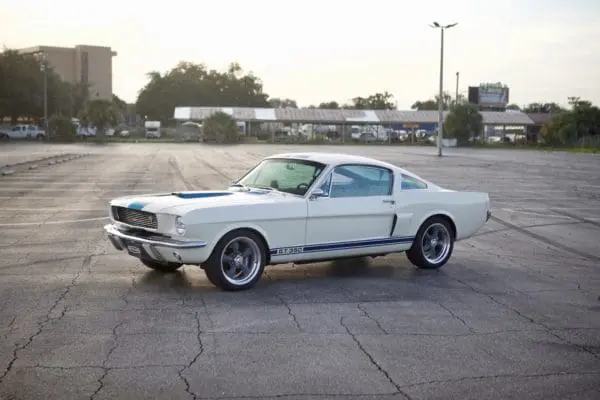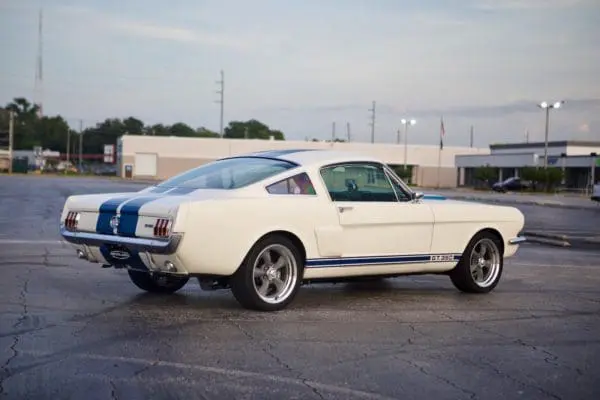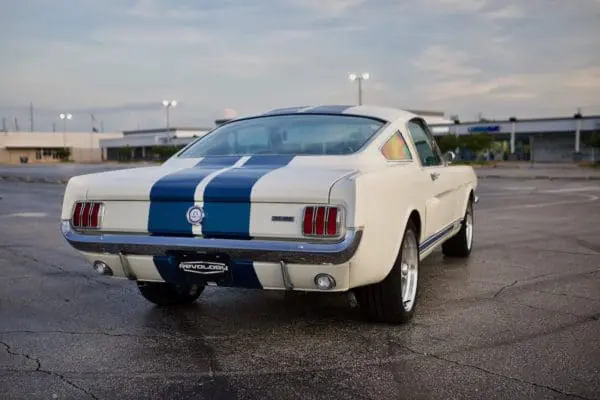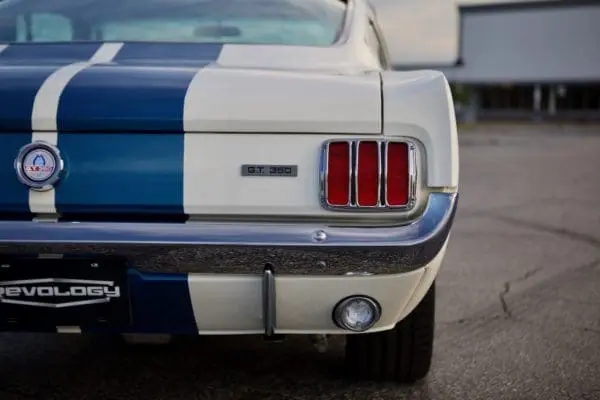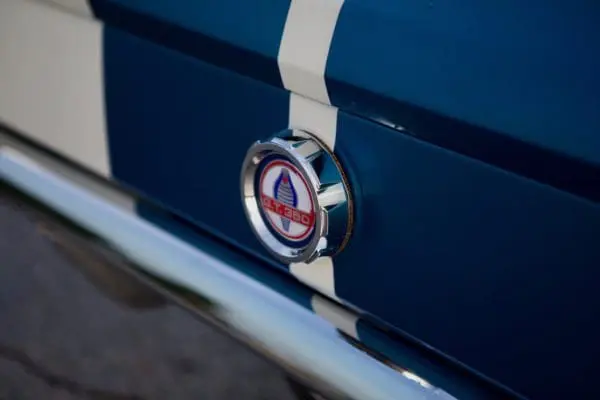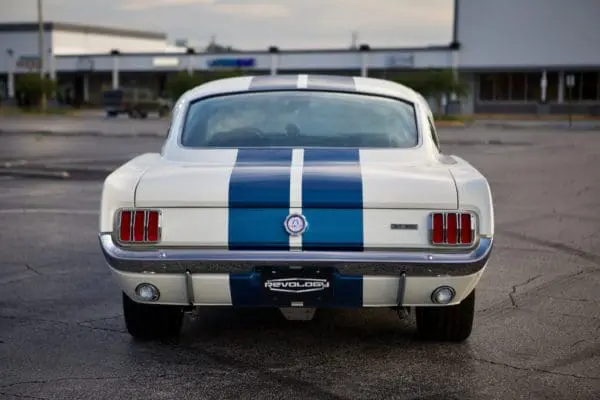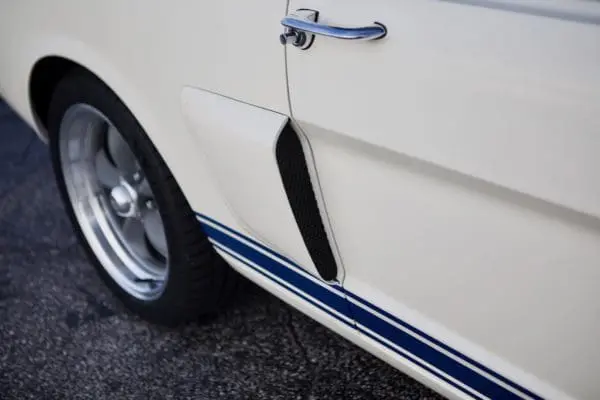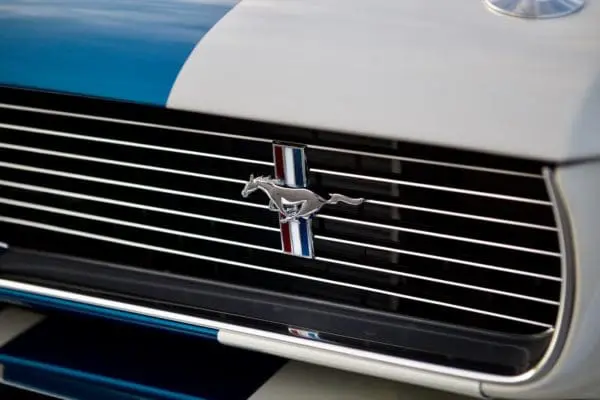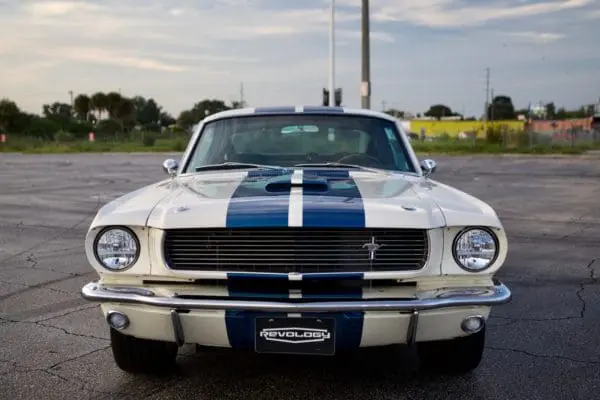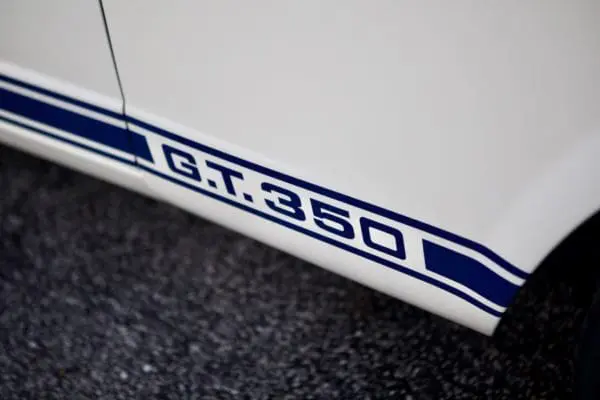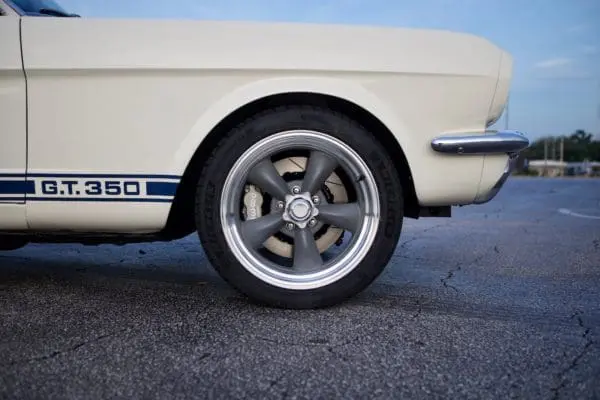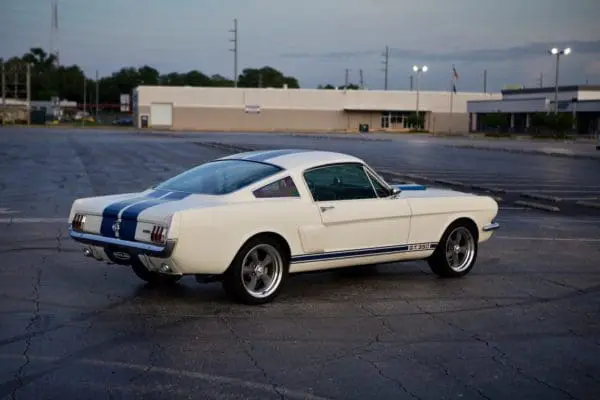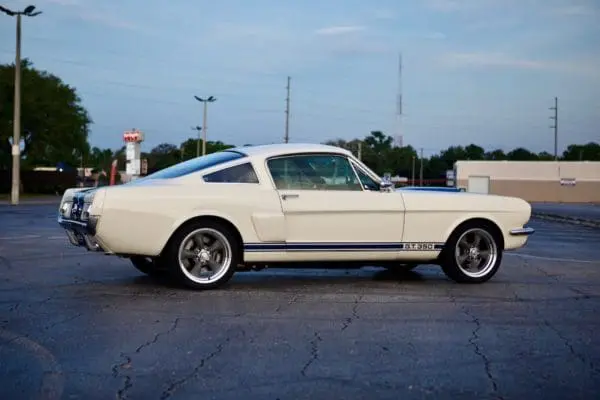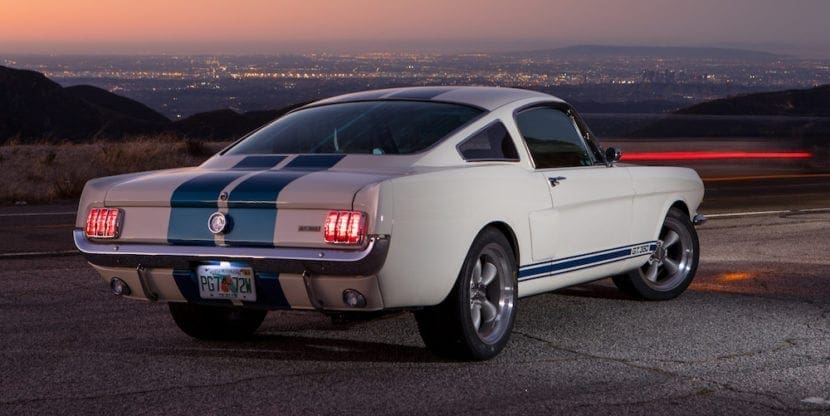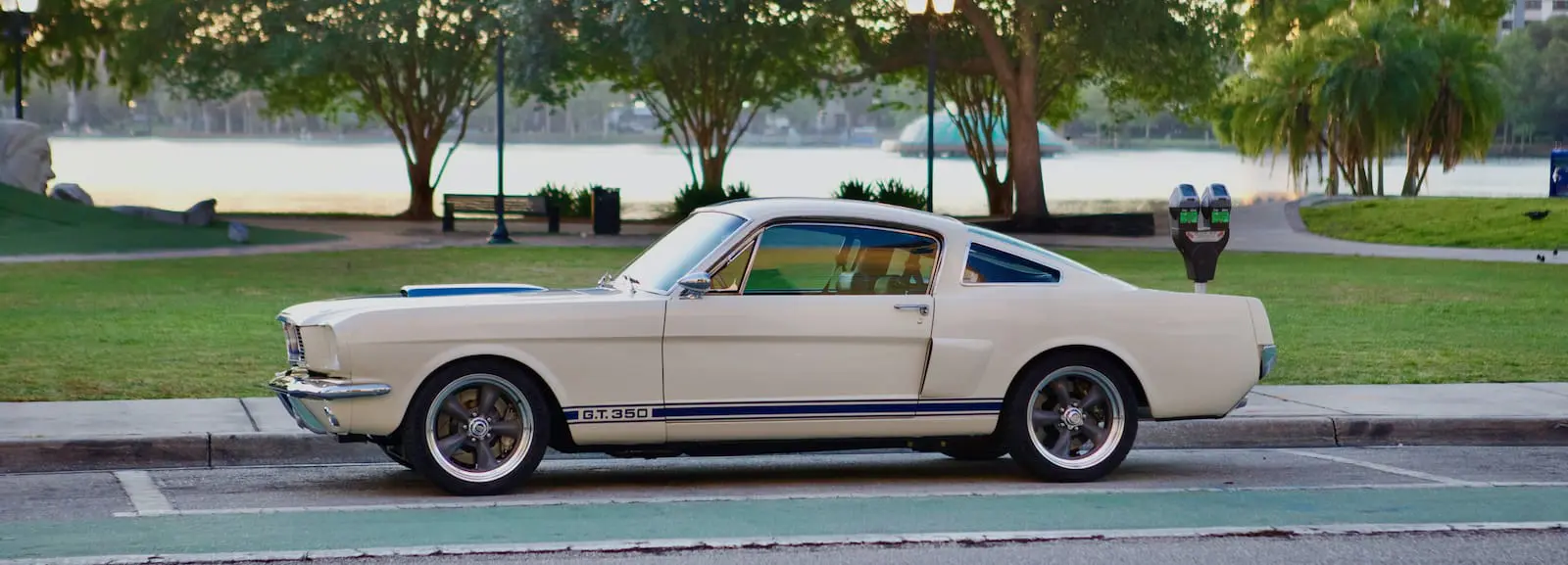

1966 Shelby GT350/GT350H
A LeMans winner both as a driver and a team principal, Carroll Shelby transformed the Mustang into a competitive racer. The Shelby GT Mustangs are now revered by enthusiasts and collectors alike. Now, the Revology Shelby GT350 and GT350H elevate these cars’ performance to a place even Carroll couldn’t have imagined back in the 1960s.
$286,500.00 USD*Build
Contact
Shelby Brake Package
The standard Shelby Brake Package features larger, 12.88″ slotted and ventilated rotors w/ 6 piston front calipers, 4 piston rear. Requires 17″ wheels.
Carbon Fiber Driveshaft
Carbon fiber is the choice for high performance driveline applications due to its high strength and light weight, but it is also more forgiving than steel or aluminum, which serves to reduce driveline harshness, improving the overall level of refinement of the vehicle and making it more enjoyable to drive.
Exhaust System
The stainless steel dual exhaust system is built by Borla to our specification. Tuned specifically for the Ford Coyote engine, it delivers a soft burble at idle and is quiet with no drone at cruise speed. The optional Performance Exhaust system features lower restriction mufflers to provide more power and a more aggressive tone.
Chassis (Functional)
Featuring a double wishbone front with near perfect suspension geometry and 3-link rear with torque arm and Panhard rod for lateral stability, the standard suspension provides excellent handling without sacrificing ride comfort. The optional Pro Touring chassis package features a Detroit Speed Alumaframe front suspension with greater adustability for maximum performance, revised engine mounts to move the engine rearward and down for improved weight distribution, and a revised exhaust system.
Driveline
Ford 8.8″ rear (3.73 ratio w/ manual trans, 3.31 w/ automatic), Traction Lok™ limited slip differential, 31 spline axles, and single disc clutch (M/T) are standard. Optional heavy duty driveline comes with 4.10 ratio, 35 spline axles, S-Trac helical torque-biasing limited slip differential, 1350 yoke, finned aluminum differential cover, carbon fiber driveshaft, and twin-disc clutch. Available with manual transmission only.
Interior
Power assisted features abound, including windows, seats, steering, and brakes. Keyless entry and push button start with rolling code encryption enhance security. The Revology-designed full-length console features genuine Flat Cut Walnut trim and two cupholders, and the premium bucket seats are trimmed in Nappa leather. LED instrument and interior lighting enhances visibility and convenience at night.
Exterior
LED reverse and parking lamps, tail lamps w/sequential turn signals, exterior door handle courtesy lamps, and optional LED headlamps provide improved visibility at night as well as a distinctive appearance, day or night.
The Revology paint process consists of an epoxy primer, urethane primer, basecoat, and clearcoat. We use exclusively Glasurit automotive paint finishes for the ultimate in appearance and durability. Contemporary OEM colors from Ferrari, Porsche, Lexus, and others also available.
Decklid Latch
If you’ve ever owned a 1960s automobile, you are familiar with having to slam the decklid multiple times to get it to stay shut. To address this problem, we’ve equipped all Revology Mustangs and Shelby GTs with a modern decklid latch and striker mechanism. The decklid can be opened using the key fob remote, via a release button located on the dash, or via an emergency release.
Polyurethane Bonded Windshield and Backlite Glass
All Revology Mustangs and Shelby GTs come standard with polyurethane bonded windshield and backlite (fastback models) glass. Polyurethane bonding is the way all modern automotive glass is secured not only because it seals better than rubber but also because it makes the glass part of the body structure, increasing body rigidity. Increased rigidity reduces noise, vibration, and harshness, but most importantly improves safety, as the stiffer roof is less likely to crush in a roll over and the glass won’t pop out and allow passengers to be ejected in a collision.
100% Steel Unibody
Modern cars all feature unibody, or monocoque, construction because it is stiffer and lighter than body on frame. For a unibody vehicle, the body provides the structure for the powertrain and chassis, which makes it much more important that it is designed and built properly. To ensure the structural rigidity and tight tolerances that allow the packaging of powerful new engines, we reengineered the Mustang unibody with added structural components and additional welds for increased strength. We build all Revology unibodies in-house, using locating fixtures, jigs, and templates to ensure proper dimensional control and sophisticated automated spot-welding equipment that senses the thickness and composition of metal that is being welded and applies the proper amount of current to ensure good quality welds.
Audio System
The standard audio system looks like the original AM radio but features AM/FM, Bluetooth, and an AUX input. The optional Pioneer 7″touch screen head units feature Bluetooth, reverse camera, voice recognition, Apple Car Play, and Android Auto and can be ordered with or without navigation and SiriusXM. The standard Pioneer 7″touch screen head units feature Bluetooth, reverse camera, voice recognition, Apple Car Play, and Android Auto and can be ordered with or without navigation and SiriusXM. The optional FOCAL Audio package features component speakers, an 720w 8 channel class AB amplifier, and a 10” enclosed subwoofer.
Leather and Alcantara™ Trim Packages
All Revology interiors are cut, sewn, and fitted by hand, including seats, floor mats, dash pad, door panels, quarter trim panels, and sun visors. This old-world craftsmanship takes time but allows freedom to choose materials and colors to ensure not only a flawless appearance but also everyday durability. We use only automotive grade leather and other materials from premium OEMs including Porsche, Mercedes, and Ferrari.
Show Transcript +
Hi, I'm Tom Scarpello of Revology Cars, and this is car number 88, a 1966 Shelby GT350 in Wimbledon White with Guardsman Blue stripes. Today we're going to take you through the specs and features on this car, as well as introduce a new Revology innovation, polyurethane bonded windshield and backlight glass. So, let's talk about the specs and features on this ‘66 GT350.
First of all, the front, very similar to the original appearance. Key differences that you'll see are LED headlamps. The hood, because the Shelby used a fiberglass hood, it came with hood pins to keep the edges down because the hood would tend to flex, and you need that extra additional fastener there. This car is equipped with the locking flush mount latches. Around the passenger side, this car is equipped with the torque thrust wheels. This was not an original Shelby option, but it is period correct aftermarket, so they look great.
Now, this car is equipped with our combined Nappa leather and leatherette material. So the door panels, the seat surfaces, the dash, the most prominent areas of the interior that you would touch, feel. Those are covered in Porsche Nappa leather. And seat backs and the interior panels in the rear, those are covered in a leatherette.
So people often ask me, why don't we do a reality show? Wouldn't it be really cool? And I always say, no, because we're way too boring and nobody would watch it. And to give you an example, I'm about to describe our newest innovation, polyurethane bonded windshield glass, to give you an example of how exciting what we do is. No, actually, it is really exciting. I know it sounds like it's only exciting if you're an engineer, but the benefits that you get as the owner of the car that has this technology, that's what's really exciting.
First, we need to distinguish between sealers and adhesives. So, sealers are designed to keep water and wind out. That's it. Adhesives are designed to bond two things together. The original Mustang glass had a rubber seal, and it kept water out mostly. But the polyurethane glass not only seals, but it also bonds. So it actually makes the glass a structural part of the body. And this is really significant.
Now, the development of polyurethane bonded glass started in the late 60s and first went into production in the 70s. Couple of the early cars that featured polyurethane bonded glass were the 1973 old Cutlass, 1976 Audi 100. But by the 1980s, all manufacturers were using polyurethane bonded glass. Just because the benefits were so significant.
First of all, it's about safety. Because that glass is bonded to the body, it's not going to pop out. It's another barrier to ejection. And another reason is, now that that glass is part of the body structure, it stiffens up the body, and it reduces the possibility of roof crush in a rollover. So that's added safety feature.
And frankly, that added structure gives more stiffness, more torsional rigidity to the body. Torsional rigidity is something that engineers are constantly striving to improve. I mean, you read about new cars that come out, and the manufacturer brags about, oh, the body is 25% stiffer than the old body. Well, why is that so important? Well, because the stiffer the body structure is, the more that the suspension can work and do its job effectively. That's really the reason.
And when you consider cars that were designed in the 60s, in terms of their level of torsional rigidity versus a modern car, they were significantly inferior to modern cars. The polyurethane bonded glass is one of the reasons. So, of the many things that we do at Revology to improve torsional rigidity of the body, this is just one more thing, one more incremental step, but it really makes a significant difference, and it's very well worth it. And this is one more example of why, at Revology, we don't build them like they used to.
So, back to the polyurethane bonded glass. So, the question is, can you feel it? Can you feel the difference? Well, you know, with all the little incremental changes, it's sometimes difficult to isolate any particular change. But what I can say is the car feels very solid, very stiff. The other day, we had one of our early cars. Car 7 was back for service.
I could immediately tell the difference. Not that it was bad, it was just a lot more similar to what an early mustang was like. We started to build our own unibodies in house, and we've made so many improvements to the unibody to make them more stiff, rigid. And then this is just the latest change. That's what we do. It's continuous innovation. That's our culture, I would say we have a culture of innovation at Revology Cars.







